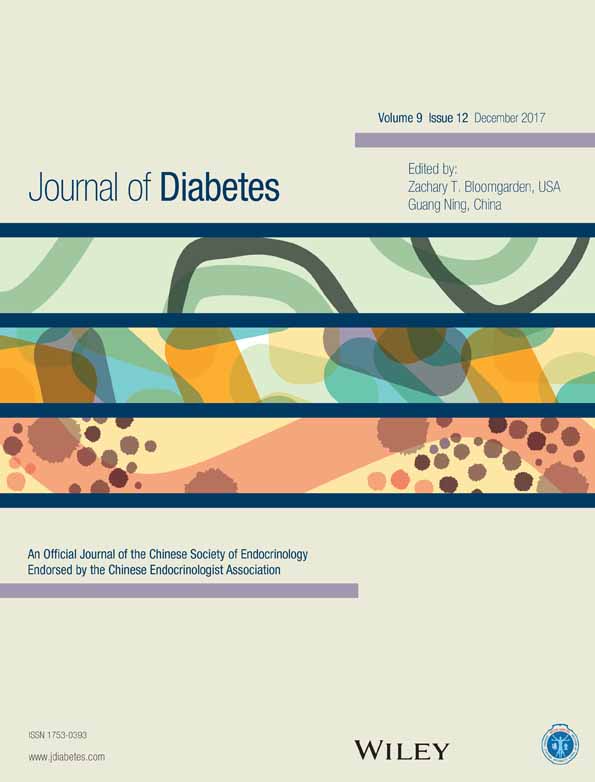Cardioprotective effects of pectin–insulin patch in streptozotocin-induced diabetic rats
果胶-胰岛素贴片对链脲霉素诱导的糖尿病大鼠心脏的保护作用
Abstract
enBackground
Cardiovascular complications are among the leading causes of morbidity and mortality in diabetes mellitus. Despite the beneficial effects of subcutaneous insulin, reports suggest that the therapy itself precipitates cardiovascular risks due to the high insulin concentration administered. It is therefore necessary to seek alternative routes of insulin administration that may bypass the undesirable effects associated with high plasma insulin concentrations. Accordingly, the present study investigated the effects of a novel transdermal pectin–insulin patch on selected markers of cardiovascular function in diabetes.
Methods
Pectin–insulin matrix patches (20.0, 40.8, and 82.9 μg/kg) were prepared as described previously. The three formulations were applied to streptozotocin-induced diabetic rats thrice daily. Blood glucose concentrations and mean arterial pressure (MAP) were monitored weekly for 5 weeks. Rats were then killed and blood collected for analysis of the lipid profile, cardiotropin-1, tumor necrosis factor (TNF)-α, and high-sensitivity C-reactive protein (hsCRP).
Results
The patches decreased blood glucose concentrations and diabetes-induced disturbances in lipid profile were attenuated by patch application (82.9 μg/kg). The diabetes-induced increase in MAP was also attenuated in patch (82.9 μg/kg)-treated rats. Patch treatment resulted in a decreased heart weight: body weight ratio, as well as reductions in cardiotropin-1, TNF-α, and hsCRP concentrations.
Conclusions
Application of the pectin–insulin patch protects against the debilitating cardiovascular effects associated with conventional diabetes treatment. This suggests that the pectin–insulin patch may provide an effective alternative therapeutic approach to the commonly used subcutaneous insulin injections in the management of diabetes.
摘要
zh背景
心血管并发症是糖尿病患者发病与死亡的首要原因之一。尽管皮下注射胰岛素有益,但是有研究报告表明,由于胰岛素给药浓度较高,治疗本身就会导致心血管风险。所以有必要寻找可替代的胰岛素给药途径,以避免高血浆胰岛素浓度相关的不良影响。因此,当前这项研究在糖尿病大鼠中分析了一种新型的经皮肤渗透的果胶-胰岛素贴片对所选择的心血管功能标志物的影响。
方法
如既往报道,制备果胶基质胰岛素贴片(20.0、40.8和82.9 μg/kg)。一天三次在链脲霉素诱导的糖尿病大鼠中分别使用这三种剂量。每周监测血糖浓度以及平均动脉压(mean arterial pressure,MAP),共5周。接着将大鼠处死并收集血样,测定血脂谱、心脏肌钙蛋白-1、肿瘤坏死因子(tumor necrosis factor,TNF)-α、以及高敏C-反应蛋白(high-sensitivity C-reactive proteinhs,CRP)。
结果
这些贴片都可以降低血糖浓度,并且使用82.9 μg/kg的贴片治疗后还可以改善糖尿病诱导的血脂谱紊乱。大鼠使用82.9 μg/kg的贴片治疗后糖尿病诱导的MAP上升也可以得到改善。使用贴片治疗后,大鼠的心脏重量:体重的比值下降,除此之外心脏肌钙蛋白-1、TNF-α以及hsCRP浓度也下降。
结论
使用果胶-胰岛素贴片治疗可以防止传统糖尿病治疗带来的心血管不良反应。这意味着我们在治疗糖尿病时,除了常用的皮下注射胰岛素外,使用果胶-胰岛素贴片治疗可能是一种有效的替代方案。




